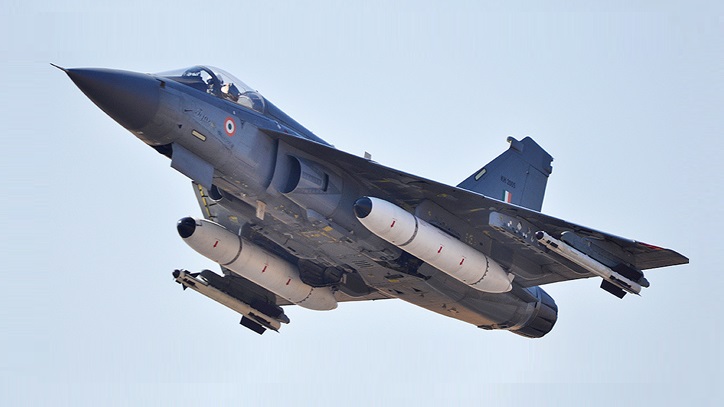Ten unknown facts about the indigenously made LCA 'Tejas'
It was in 1984 that the government of India first moved decisively to kick-start the process to build an indigenous aircraft. Aeronautical Development Agency (ADA) was set up by the government to develop the programme.
In 1986, Rs 575 crores were allocated by the then government towards funding the programme.
On January 4th, 2001, the light combat aircraft made its first flight, a milestone in the Indian aviation industry. Then Prime Minister Atal Behari Vajpayee named the aircraft ‘Tejas’ – which means ‘radiance’ in Sanskrit.
The induction of Tejas comes at an important time when the IAF has wanted to desperately replace it with the ageing fleet of MiG-21, responsible for so many crashes.
The aircraft is equipped to handle air-to-air missiles, air-to-surface missiles, anti-ship missiles, bombs and rockets.
The aircraft’s structure is composed of 42% carbon fibre composites, 43% aluminium alloy and the remainder titanium alloy.
The aircraft is being developed in single-seat fighter and twin-seat trainer variants for the IAF and the Navy.
Earlier this year, the aircraft participated in its first foreign show at the Bahrain International Air Show 2016 where aircraft enthusiasts compared it to Pakistan’s JF-17 Thunder, that was produced with the help of China.
It is considered to be the lightest multi-role supersonic aircraft of its class.
The aircraft can travel at a maximum speed of 2,205 km/hr for FOC version and 2,000 km/hr for IOC version.
